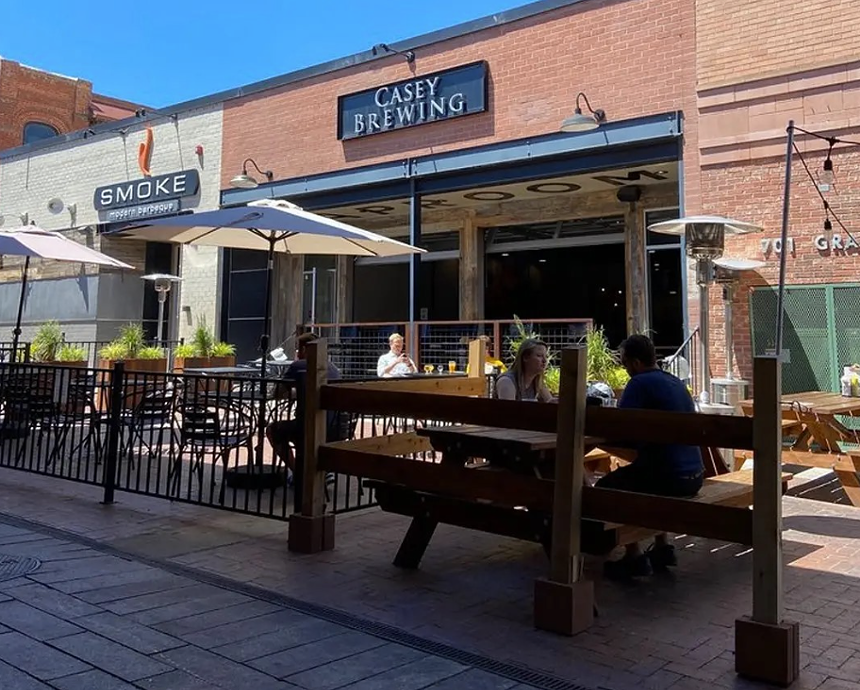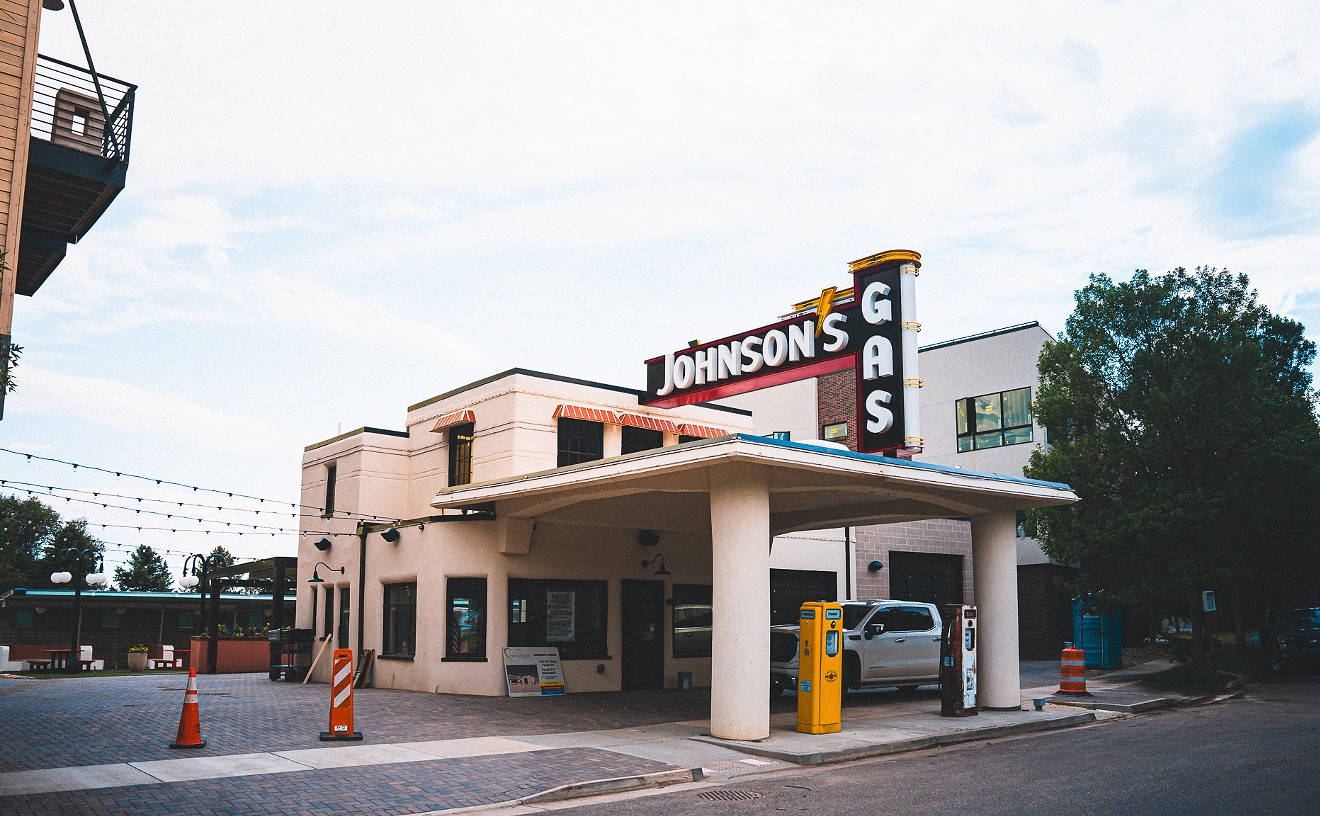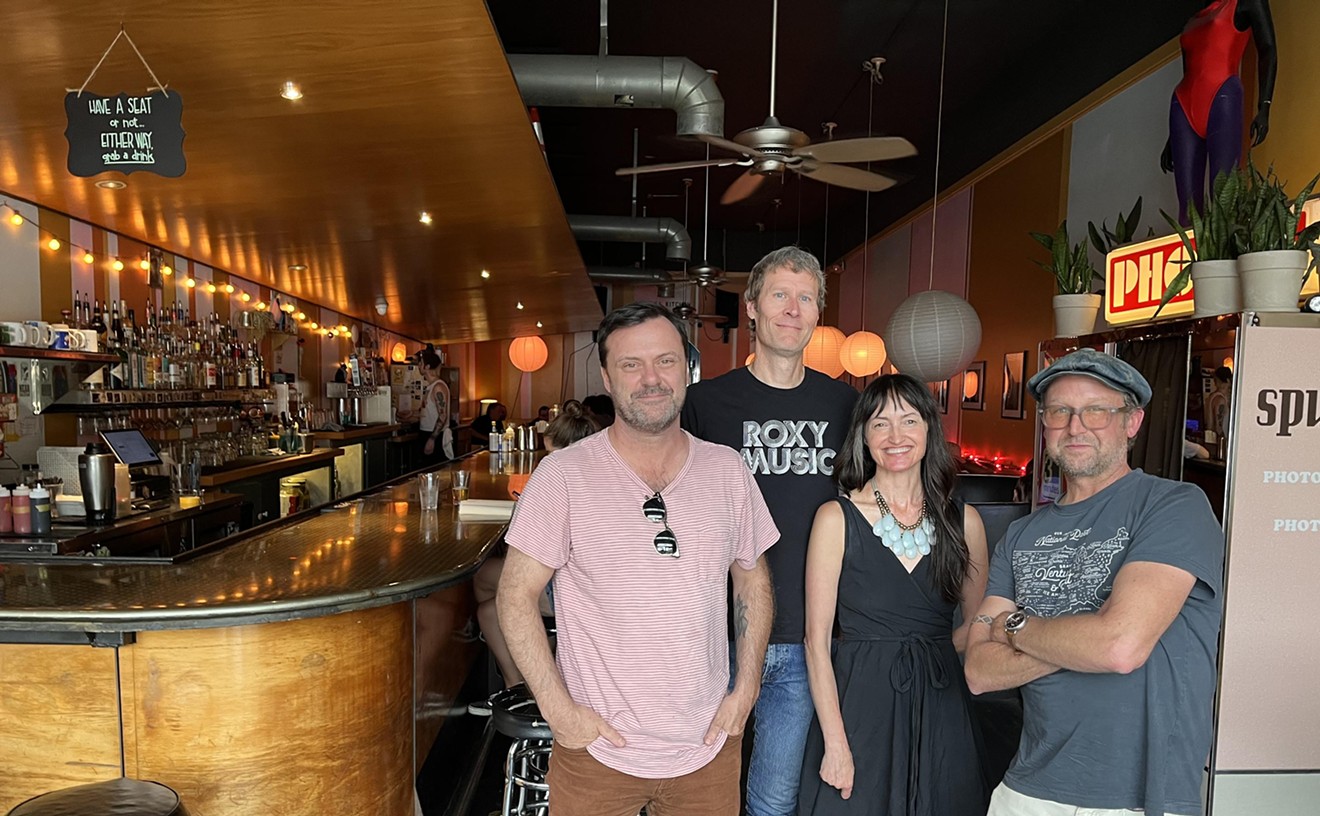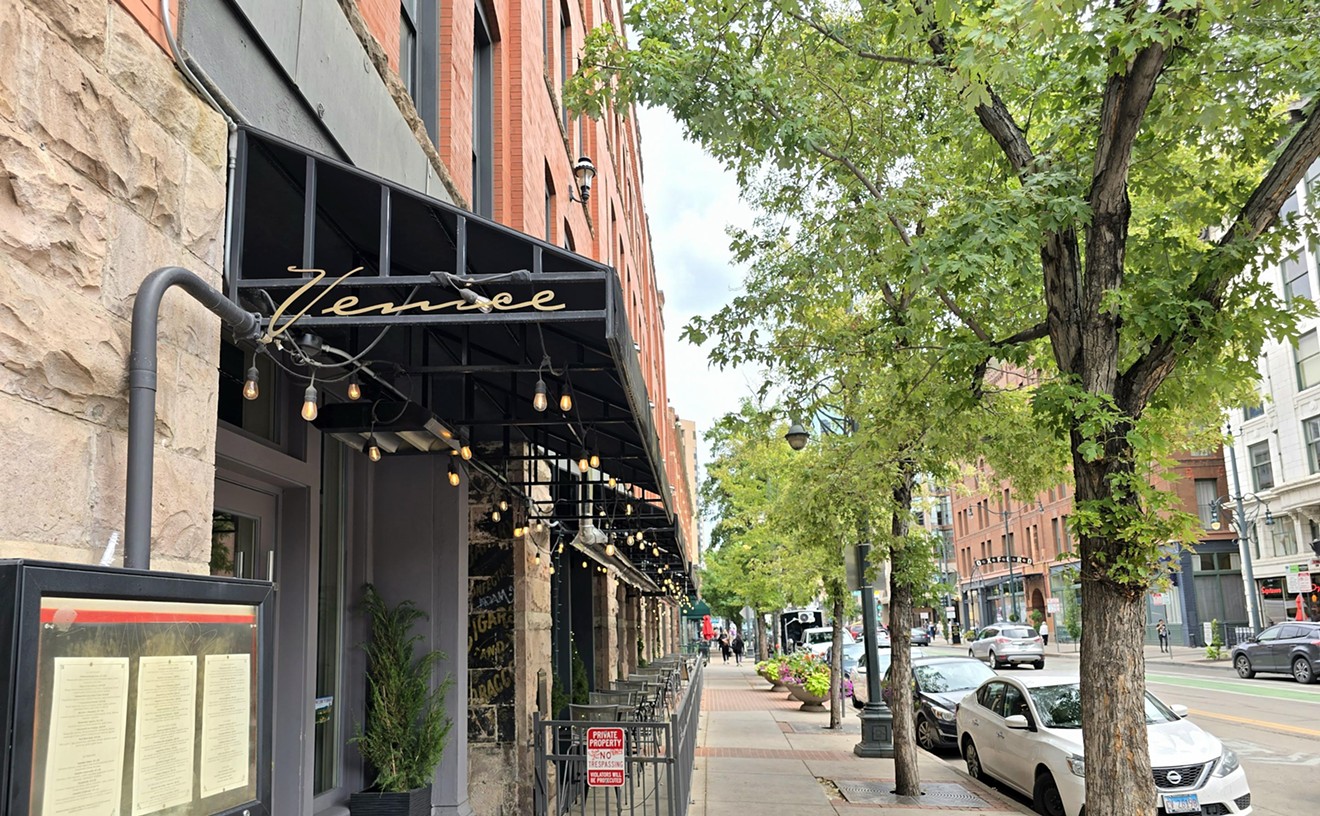For its first handful of years in business, the brewery produced only beers fermented in barrels with a blend of mixed-culture yeasts, though that led to some surprises, too. “When we first opened our doors, I didn’t think we would ever make much fruited sour beer; [it was going to be] mostly unfruited blends,” adds Casey. “That changed quickly."
Fans of Casey Brewing & Blending certainly never thought they’d see it brewing clean beers, which includes styles like IPAs, stouts and lagers that are fermented with predictable yeast strains in a closed environment.
But since the 2019 opening of its Glenwood Springs taproom, that's exactly what it's done — and the move has proven to be a success. Now Casey says it will continue to adapt and change with a purpose, even if there isn’t necessarily a master plan in place.
The brewery quickly became known locally, then nationally, then internationally for its very clean and tart house yeast blend, and for an extremely skilled hand in blending. From dry-hopped farmhouse ales to beers with some of the highest concentrations of fruit in them, Casey Brewing had a little bit of everything to offer patrons — if you liked sour ales, that is. And if you could find its products.

In the early days, patrons would line up and often camp overnight for bottle releases.
Casey Brewing & Blending
It became a ritual for many like-minded beer fans, leading to lasting memories and even friendships. “We loved the thrill of those first Saturday releases,” recalls Casey. “But they were becoming too much to manage and maintain." He remembers waking up in the morning to messages from upset people about line cutting at 4 a.m., or frustration from people who couldn’t find parking in the small mountain town off I-70.
“We were also relying on friends and family to support us at each release,” says Casey. “It was becoming more stressful than fun, and we knew it couldn’t last forever like this.” The brewery made the first of its major changes by starting Tours and Tastings, reservation-only time slots that allowed patrons to skip the line, get a hands-on tour from one of its few employees, and purchase bottles both at the bar and to go.
After a few years of running Tours and Tastings, the demand was high, and it was becoming difficult for the growing brewery to transition between the production and tours, as they both took place in the same small space along the Colorado River. Casey knew that the company would have to change again.
“That’s when we opened our second location in downtown Glenwood Springs,” says Casey. Around that time, the sour-beer market was starting to decline. It was one that, by chance, had begun to boom when Casey debuted in 2013. “When I [opened], I didn’t do it thinking we would be riding a wave and then closing our doors and doing something else,” he notes. “I opened with sour beers because it's where my passion was and is.”
Fortunately for Casey, he had some experience making world-class beer outside of farmhouse ales. “During my time at AC Golden, I helped on medal winning recipes with styles like Munich dunkel, German pils, American dark lager, India pale lager and even barrel-aged stouts,” he says. Further, Casey explored some of these styles with local friends through collaboration. He brewed IPAs with WeldWerks and pilsners with Crooked Stave. “We enjoyed these collaborations, and they helped me see if our consumer was interested in trying another style at Casey," he adds.
Casey isn’t sure what's next for the company, but he says that he wants to grow slowly, a choice that was made from the start. “The priority [is] consistency and sustainability for our family and employees,” he says.
Despite a second location and a jump into other beer styles, the team remains a “tight knit group of ten,” according to Casey, who handles local deliveries himself and often is the one driving beer out to the Front Range. And despite growing in all styles of beer, the brewery is still quite small in volume — fewer than 1,000 barrels of beer are produced annually.
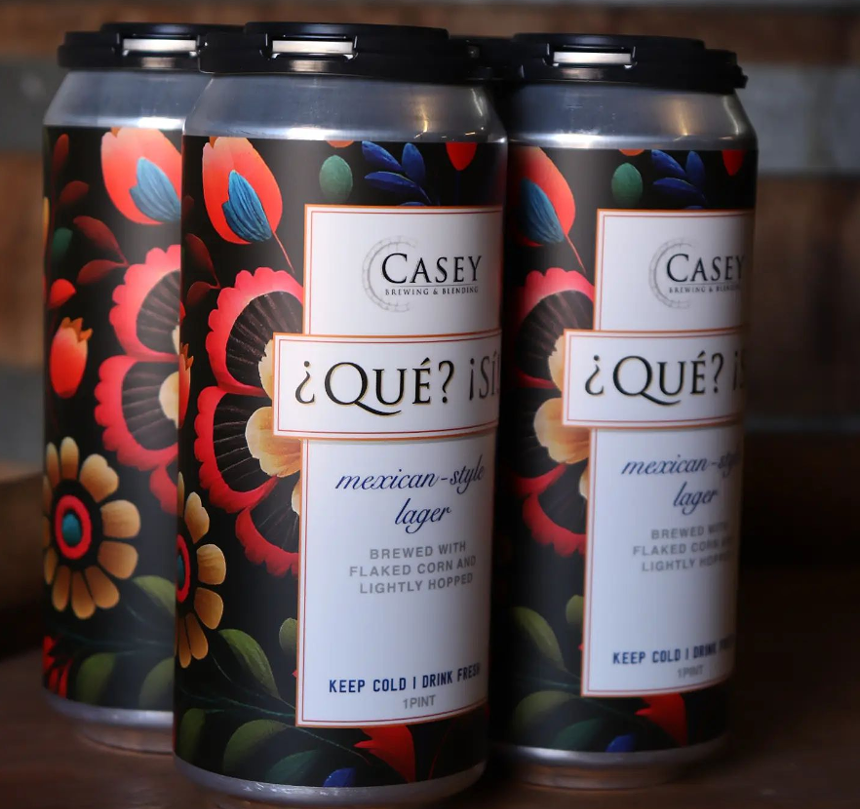
Casey released ¿Qué? ¡Sí!, a Mexican-style Lager, just before Cinco de Mayo.
Casey Brewing & Blending/Instagram
The magic might be in staying small but not too small, and adapting to the wider market while not straying from its roots, all while maintaining close attention to detail and quality. That’s exactly what you’ll find at Casey Brewing, and it’s far easier said than done.
It’s not so different from what you might find at breweries like Cohesion, which specializes in Czech styles but often uses collaborations as a way to experiment and stray from the classics. Hogshead is known for English-style ales — cask ales, specifically. But the brewery offers typical CO2 poured versions of many of those cask ales, and it makes other classic European styles, as well.
Bierstadt Lagerhaus is probably viewed by many through the lens of a German lager brewery; its three flagships, after all, are all German styles. But you’ll find the Tmavy, a dark Czech-style lager, a Mexican-inspired corn lager and American lagers regularly rotating throughout the year.
“It’s 100 percent about producing quality beer, not necessarily sticking to a particular style,” says Casey. “Casey Brewing will always have farmhouse ales, this style is why we started this in the first place," reiterating that despite all the new (to Casey Brewing) styles in the lineup, the passion and dedication to its core farmhouse ales is as strong as ever.
“It’s one of my favorite experiences with a customer when they’re at our taproom for a lager or IPA, and they try a sour and love it,” concludes Casey. “We know people’s taste changes over time, so as we expand our production and variety of styles, we’ll be able to be a lifetime brand for our customers.”


